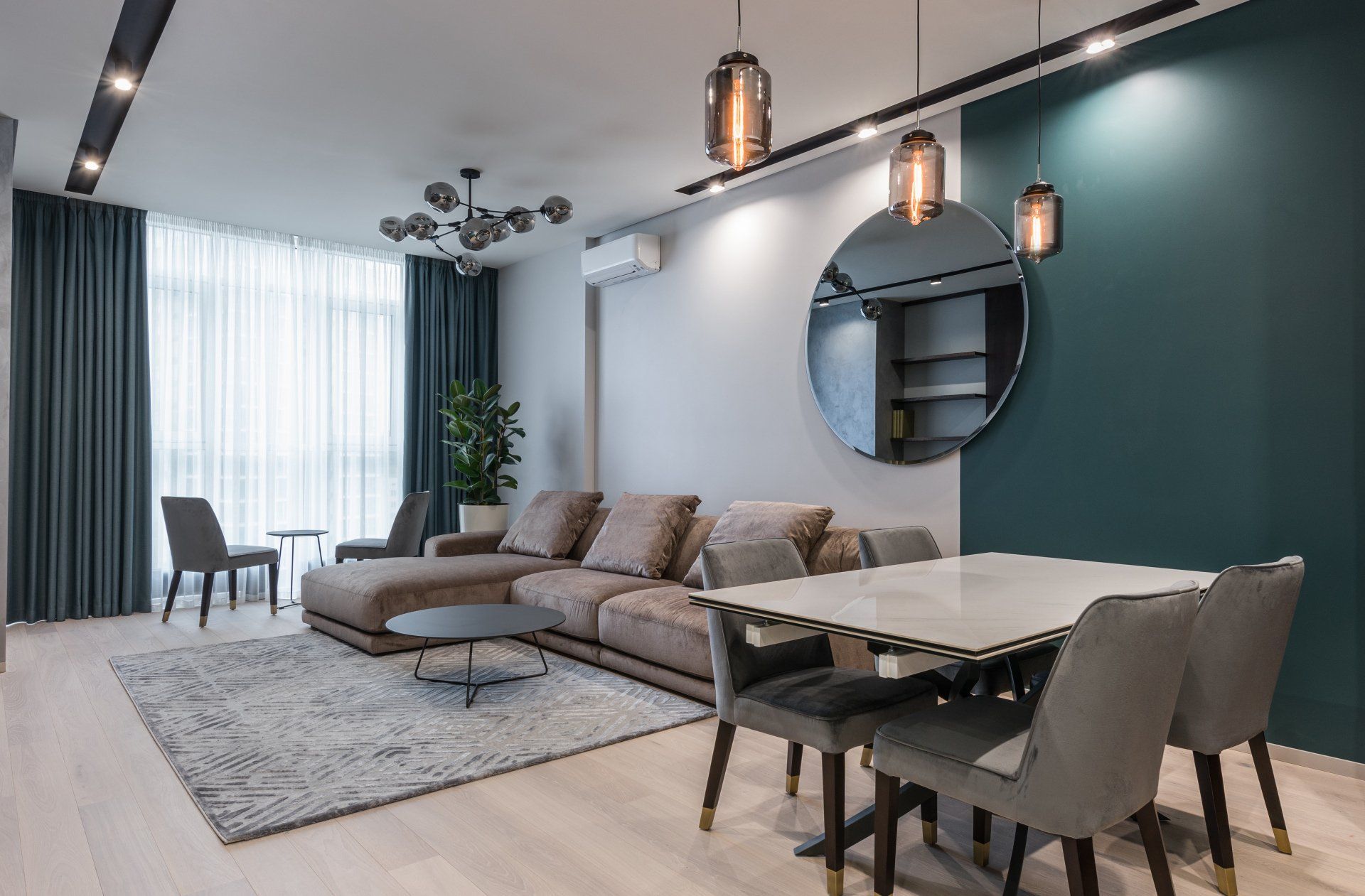Pros and Cons of a Furnished Rental Home

To furnish, or not to furnish? That is the question.
A “furnished” rental home usually means a property that includes the basic furniture a tenant will need, such as a couch, beds, tables, chairs and basic kitchen appliances. That said, furnished rentals can be put into two loosely defined categories of “fully furnished” and “semi-furnished.” PRP generally recommends against trying to rent “semi-furnished.” This scenario commonly results in the incoming tenant requesting removal of existing furnishings. But a fully furnished rental home, which would also include towels, blankets, dishes, pots and pans, silverware and maybe even décor such as artwork on the walls, usually functions quite well on the rental market. A fully furnished home should allow the tenant to live comfortably while only requiring that they provide their own personal effects and clothing.
Pros of furnishing:
Place to store furnishings--When keeping a rental home furnished, the owner avoids the expense and saves the time of emptying the home and storing goods.
Owner plans to move back into the rental--Keeping a home furnished facilitates the owner returning to the home at a later date without having to move heavy furniture and other items back into the property.
Appeals to select market--A furnished rental home is far less common than an unfurnished home, therefore, it appeals to a more select market of prospective tenants.
Potential for higher rents—If you’re willing to accommodate the special requests of applicants with an urgent need (often shorter-term leases), such as someone being relocated by a home insurer, this can be accompanied by a premium rent offer
Cons of furnishing:
Higher potential for damage--With a furnished rental home, homeowners are responsible for maintenance and replacement of the furnishings. Whether accelerated by tenant use, or just normal wear and tear, homeowners will need to plan to replace items over time. Additionally, if an owner needs to paint the interior and/or clean/replace carpets in the home between tenancies, the furniture will need to be protected or stored to accommodate maintenance workers and cleaning crews, resulting in higher turnover costs.
More frequent turnover--Tenants who are interested in a furnished rental home also tend to want shorter-term lease agreements. People looking for a furnished home often are in a transition due to job transfers, schooling, family emergency or other life changes.
Less immediate market feedback—Appealing to a select (smaller) group of applicants means less overall market activity, which may require more patience while on the market to see activity from interested parties at the current asking rate
The bottom line is there are a number of factors that can enter into the decision making process of whether or not to rent your home furnished. Don't hesitate to reach out to Portland Rental Properties with any follow up questions and we'll be happy to help guide you to the best decision for your unique scenario.


